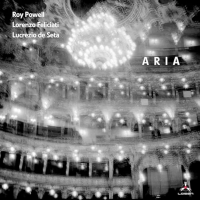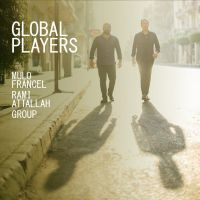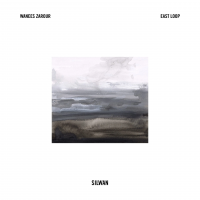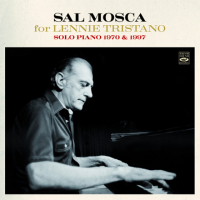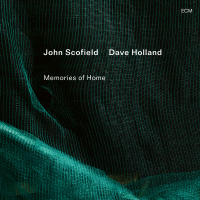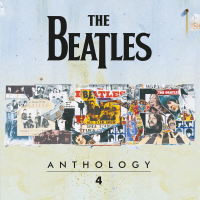Home » Jazz Articles » Album Review » Red Norvo: Music to Listen to Red Norvo By
Red Norvo: Music to Listen to Red Norvo By
Red Mitchell runs a bouncy bass line on “Poeme”, Manne hits the tom-toms with mallets, and in comes Red, with Barney Kessel following his every move. The first two minutes are tight, pretty, and very arranged – then Red starts his solo, and it’s him and the bass. The two Reds creep along, Norvo with more vibrato than on the theme. Manne starts to shuffle, Kessel does a little comping, and the winds start a riff. The sound is thick again, but here it sounds more spontaneous. Buddy Collette’s flute soars; he and Mitchell have a great moment together. The theme resumes, less stiffly this time, and all ends well.
Kessel’s “Red Sails” is a happy charger; he and Collette join in the theme. Collette’s solo tears through the “I Got Rhythm” changes, with a touch of the blues; Bill Smith is delicious on his turn. Kessel sounds tangy as red begins his: almost a marimba tone, and taken very fast. Collette adds a fluttering riff on the second chorus, which gives it a lot of punch.
“Rubricity” is a find, a thoughtful composition by the underrated Duane Tatro. This is simpler than some of his efforts, but the flavor is there. The theme keeps changing hands, and keeps getting tougher (by theme’s end it is faintly sinister.) Red starts soft, with Kessel’s occasional strum. Norvo has fun with the sad chords; Buddy turns on the sunshine, with lots of high dancing. The ensemble part at the end is big and involved; Kessel has a moment of lyricism. This structure is contrasted with “Paying the Dues Blues”, which is what you think it is. Kessel takes this one over, but Red has his say, and it’s delightful. This is a happy blues, and a definite highlight.
The rest of the album is a four-movement suite, composed by clarinetist Smith. He studied at Mills College with Darius Milhaud; while he played with the Dave Brubeck Octet, he is best known in classical circles. The first part is a straight swinger. The horns weave tight, and the colors change, depending on who is playing. Collette is his normal chirpy self, Red and Smith run together, and a bass solo becomes a guitar solo – nice touch. This one is busy, and hardly prepares us for the warmth ahead. Buddy and Smith walk together with counterpoint from Red. The horns are the ground; the leader floats. Smith gets a great lonely solo — easily his best moment; Red brings in the chords and pours on the vibrato. The same mood comes in the third movement, which is played faster. Red and Buddy play in unison for a moment – it is priceless. Flute and clarinet have another “two horns – one voice solo”; this is also a treasure. The finale belongs to Smith and Kessel; their unison part trades phrases with Red and Collette. Smith’s craft is all over ”Divertimento”; each voice gets its moment, and the group parts don’t seem crowded, as they seem elsewhere. It’s classical, it’s jazz – it’s fun.
This is practically a definition of West Coast Jazz. It’s “cool” by the standards of hard bop. But it is emotional – tender moments abound. The rhythm is outstanding, and you barely notice the absent piano. The tunes are good, and nobody steals the show – here the band is the star. This is mostly for fans of West Coast and Red Norvo – if you like them, I think you’ll like this.
Personnel
Red Norvo
vibraphoneAlbum information
Title: Music to Listen to Red Norvo By | Year Released: 1999 | Record Label: Fantasy Jazz
Tags
PREVIOUS / NEXT
Support All About Jazz
 All About Jazz has been a pillar of jazz since 1995, championing it as an art form and, more importantly, supporting the musicians who make it. Our enduring commitment has made "AAJ" one of the most culturally important websites of its kind, read by hundreds of thousands of fans, musicians and industry figures every month.
All About Jazz has been a pillar of jazz since 1995, championing it as an art form and, more importantly, supporting the musicians who make it. Our enduring commitment has made "AAJ" one of the most culturally important websites of its kind, read by hundreds of thousands of fans, musicians and industry figures every month.














